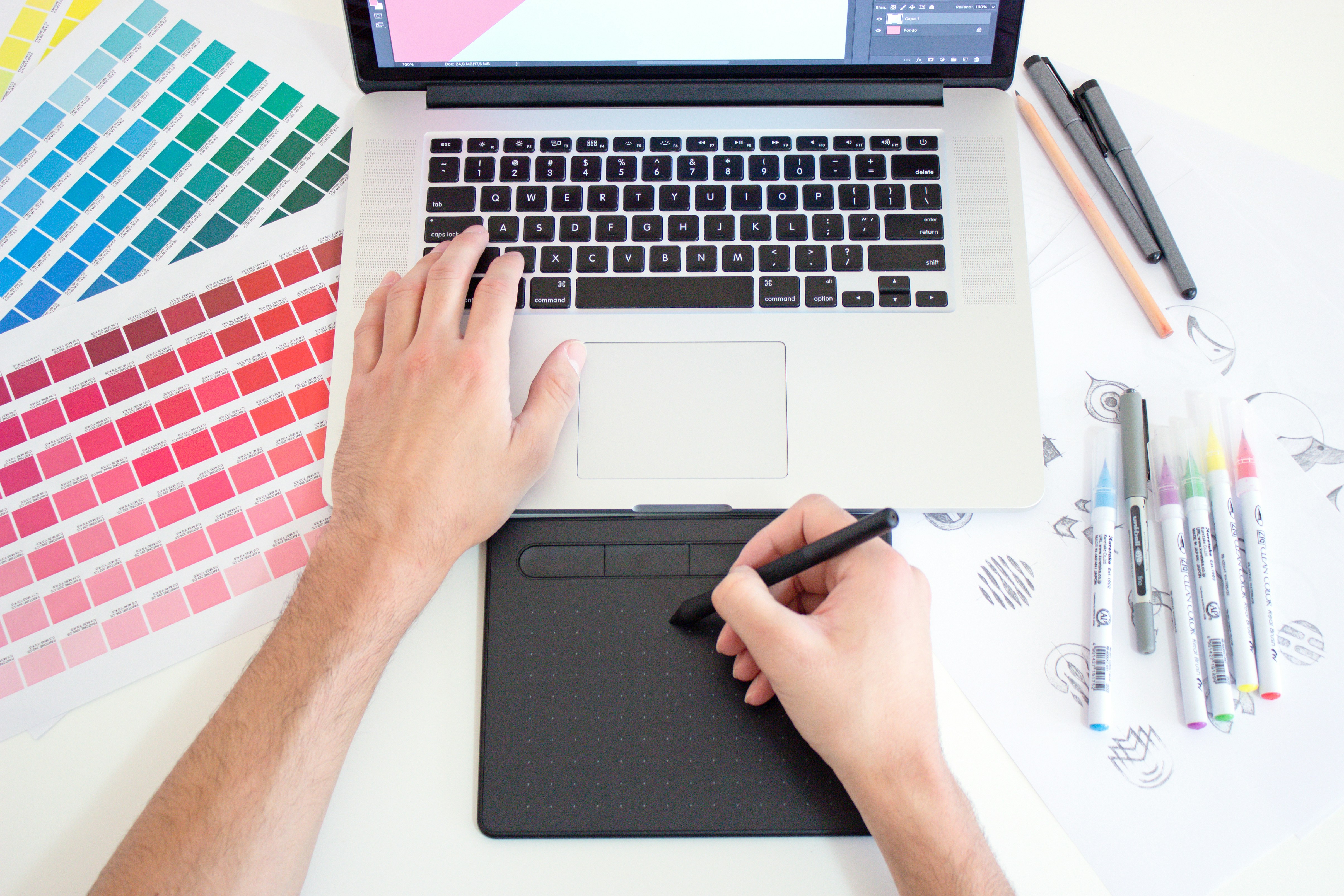Design styles in visual design
Jake Baker
|
Jan 1, 2024
Visual design is the art of creating appealing and effective visual elements for digital products, such as websites, apps, logos, icons, etc. Visual design is not only about aesthetics, but also about functionality, usability, and accessibility. Visual design can influence how users perceive, interact with, and respond to a product.
One of the key aspects of visual design is the choice of design style. A design style is a set of visual characteristics that define the look and feel of a product. Design styles can vary in terms of color, typography, layout, imagery, animation, and more. Design styles can also reflect the mood, tone, personality, and message of a product.
There are many types of design styles in visual design, but here are some of the most common ones:
- Minimalist: A minimalist design style is based on simplicity, clarity, and functionality. It uses a limited color palette, clean typography, white space, and minimal graphics. A minimalist design style aims to reduce visual clutter and focus on the essential content.
- Flat: A flat design style is based on simplicity, clarity, and functionality as well, but it also emphasizes geometric shapes, bright colors, and crisp edges. A flat design style avoids realistic details, such as shadows, gradients, textures, and 3D effects. A flat design style aims to create a modern and elegant look.
- Material: A material design style is based on the principles of material design, which is a design system created by Google. It uses realistic details, such as shadows, gradients, textures, and 3D effects, but in a subtle and consistent way. A material design style also uses bold colors, clean typography, grid layouts, and animations. A material design style aims to create a realistic and interactive look.
- Illustrative: An illustrative design style is based on the use of illustrations, drawings, icons, and other graphic elements. It uses a variety of colors, shapes, styles, and techniques. An illustrative design style can be playful, whimsical, artistic, or realistic. An illustrative design style aims to create a unique and expressive look.
- Retro: A retro design style is based on the nostalgia for the past. It uses elements from different historical periods, such as the 50s, 60s, 70s, 80s, or 90s. It uses vintage colors, typography, patterns, imagery, and effects. A retro design style aims to create a nostalgic and nostalgic look.
These are just some examples of design styles in visual design. There are many more types of design styles that can be created by combining or modifying different elements. The choice of design style depends on the purpose, audience, and preference of the product.
Design styles are not fixed or rigid rules. They are flexible and adaptable guidelines that can help designers create visually appealing and effective products.



